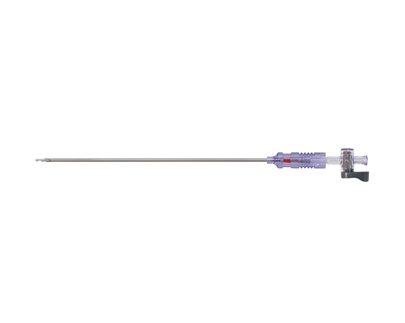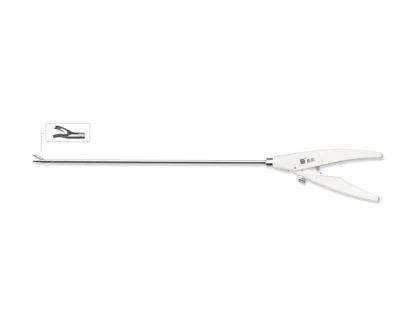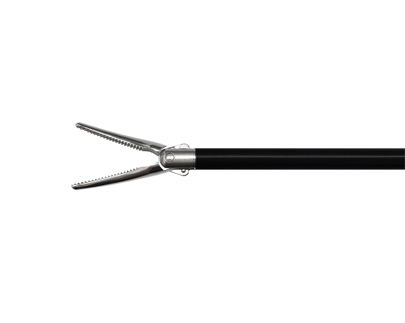The Role of Endograsper in Minimally Invasive Orthopedic Surgery
In the field of modern medicine, minimally invasive surgery has become the preferred option for the treatment of a wide range of diseases as technology continues to advance. In the field of orthopedics, endoscopic has been a boon to many patients with its unique advantages. Recovery after minimally invasive surgery is more rapid than traditional open surgery. In this article, we will introduce the use of endoscopic and endograsper in minimally invasive orthopedic surgery.
What Is Endoscopic
Endoscopic grasper is a testing instrument that combines traditional optics, ergonomics, precision mechanics, modern electronics, math, and software. It consists of image sensors, optical lenses, light source illumination, mechanical devices, and other components that can enter the body through the body's natural cavities or small surgical incisions. Using the endograsper, it is possible to see lesions that cannot be shown by X-rays, and doctors can formulate the best treatment plan accordingly.
Applications for Joint Diseases and Trauma
The diagnosis of joint injuries and diseases requires a detailed medical history, physical examination, radiography, and sometimes other tests. The endograsper makes the final diagnosis and is much more accurate. During the endoscopic procedure, the orthopedic surgeon makes a tiny incision in the patient's skin and inserts the endograsper to magnify and illuminate the tissue structure inside the joint. The surgeon first determines the location, size, and shape of the injury before proceeding with the repair.
Indications
The endograsper can be applied to diseases and traumas of the joint. Common disorders include arthritis, such as synovitis located within the knee, shoulder, elbow, wrist, or ankle. Trauma includes rotator tendon tears in the shoulder, rotator cuff muscle group pinch syndrome, and recurrent dislocations. The knee area has meniscus tears, cartilage injuries, and ACL tears. The wrist area has carpal tunnel syndrome, deltoid fibrocartilage tears, and intra-articular free bodies.
Surgical Procedures and Benefits
Although the incision for endoscopic surgery is very small, it still needs to be performed in the operating room. The endograsper is inserted through a small incision of about five to ten millimeters, and several additional small incisions can be made to insert other minimally invasive surgical instruments as needed. After the arthroscopic procedure, the small incisions are covered with a dressing and the patient usually only needs a small amount of pain medication. The length of time required for the procedure and the progress of recovery usually depends on the complexity of the condition.
As more difficult points are broken through, the advantages of endograsper techniques will become more apparent and the clear indications for the procedure will expand. With the combined iterations and innovations of endoscopes and minimally invasive surgery-related devices, more and more surgeries will be minimally invasive, allowing patients to be diagnosed and treated in a safer and more comfortable manner.



